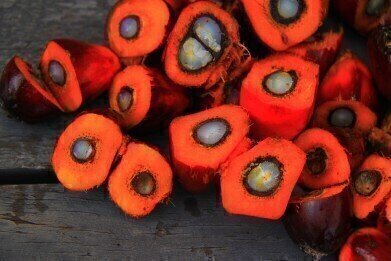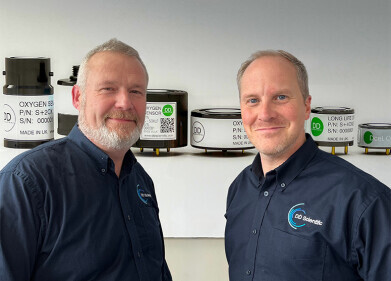Business News
Is There Palm Oil in Your Make-Up?
Sep 13 2019
Over recent years, the furore surrounding palm oil has only increased in intensity and ubiquity. The controversial substance is found in many foodstuffs and cosmetics, as well as being used as cooking oil in its own right, but the methods of cultivating it have caused uproar among concerned environmentalists all over the globe.
Given that palm oil is present in up to half of the household products found in Western homes, and as much as 70% of all cosmetics, it’s likely that there is at least one make-up product in your cabinet which contains the substance. Is it as damaging as some of its detractors make out? Is there a sustainable way to harvest palm oil? And how can you tell the difference?
Palm oil in make-up
Historically, palm oil trees were only found in Africa, but after the beneficial properties of their fruit were discovered, they were exported to the Americas and Asia. Nowadays, accelerated innovation in the industry means that 50 million tonnes of the stuff are produced every year, before being processed at plants either onsite or at the point of sale in countries all over the world.
The relatively cheap costs involved in cultivating and processing palm oil make it the number one vegetable oil worldwide and a hugely popular ingredient in face creams, foundations and lip gloss, among many other cosmetics. Indeed, it’s found in as much as 70% of make-up products, meaning that it’s almost certain we’ve all used palm oil in the past, even if we weren’t aware of it.
A damaging industry
Unfortunately, the drawbacks of the palm oil industry seem to far outweigh its advantages. For starters, prevalent techniques of cultivating the substance are not sustainable; once the trees grow too high to easily reach the fruit, they are simply cut down to make way for new ones. This not only contributes to deforestation - one of the biggest concerns on the current environmental agenda - but they also destroy wildlife habitats.
In the last three decades, for example, as much as 90% of the habitats which orangutans call home have been obliterated to make way for palm oil production. In Borneo’s Indonesian territory alone, it’s estimated that plantations contribute to 146 football pitch-sized plots of deforestation every single hour, having a terrible knock-on effect on the native orangutan population. A mere 100,000 of them are left today; that’s less than half of the total figure 20 years ago.
A better way?
The other side of the coin is that countless people in palm oil-producing countries rely heavily on the industry for their livelihood, meaning that a total boycott of it could have unwanted consequences for vulnerable citizens in impoverished parts of the world. Therefore, the best approach might be simply to support the sustainable arm of palm oil production.
As little as 20% of the industry employ sustainable methods, including replanting forests and caring for the local fauna. However, given that regulation of the industry is weak in comparison to other mass-produced commodities like tea, coffee or bananas, it’s difficult for consumers to ascertain whether the products they buy contain sustainably-sourced palm oil. In a bid to assuage the situation, the WWF have launched a Palm Oil Score Card tool, which allows users to check if their favourite brands are doing all they can.
Digital Edition
IET 34.2 March 2024
April 2024
Gas Detection - Biogas batch fermentation system for laboratory use with automatic gas analysis in real time Water/Wastewater - Upcycling sensors for sustainable nature management - Prist...
View all digital editions
Events
Apr 30 2024 Melbourne, Australia
Apr 30 2024 Birmingham, UK
May 03 2024 Seoul, South Korea
May 05 2024 Seville, Spain
May 06 2024 Minneapolis, MN, USA



















